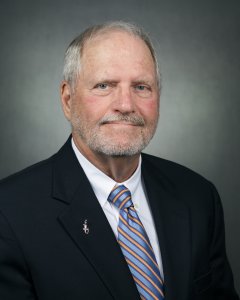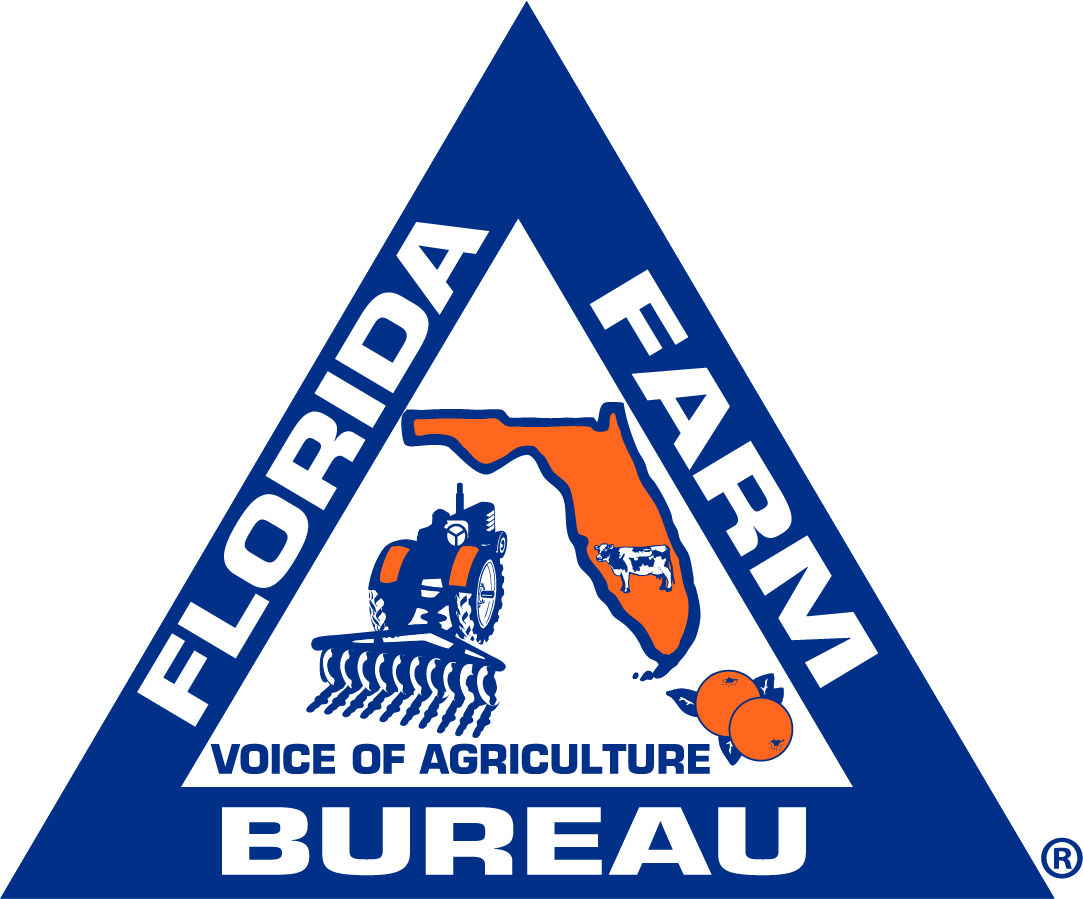June FloridAgriculture eNews
By Jack Payne

Ten years ago, the UF/IFAS beef teaching unit’s structures were condemned as uninhabitable. Our pollinator research headquarters was an oversized closet. We were sifting through what the world had learned about HLB over the previous century and found astonishingly little. We didn’t have the space to gather our Extension corps under one roof for trainings. Our teaching forest headquarters was a pile of ashes.
UF/IFAS was never broken. But there was room for improvement when I got here in 2010. The decade since has been one of remarkable progress for the research and innovation arm of your business.
The UF/IFAS Extension Straughn Professional Development Center came first. With its opening, we no longer had to cram agents into conference rooms, incur ballroom rental expenses, or strategize how to find hundreds of parking spaces in the campus core. We opened an auditorium-sized training center worthy of the men and women who serve you most directly. Just as important, there are more Extension agents to train than there were 10 years ago.
The opening of the Honey Bee Research and Extension Lab propelled us to becoming one of the nation’s leading centers on pollinator expertise. That will make a huge difference for years to come for those of you who grow watermelons, blueberries, squash, cucumbers, cantaloupe and many seed crops.
We rebuilt the Beef Teaching Unit so that it’s now equipped to provide training for agriculture teachers, Extension agents, ranchers and 4-H volunteer leaders. Its dormitory immerses future cattle professionals in the experience of caring for animals, not just reading about them. We rebuilt the Austin Cary Forest Roland T. Stern Learning Center, too, thanks in part to Farm Bureau support.

I would argue that we learned more about HLB in the past decade than the rest of the world did in the previous century. Our breakthroughs in nutrition and other management strategies have kept infected groves profitable while we continue to develop citrus varieties that show promise of HLB tolerance.
Speaking of varieties, we added six scientists to our already elite plant breeding team. The team has released 271 cultivars over the past decade. Those are opportunities to grow fruits, vegetables, turf and ornamentals that just weren’t there in 2010.
In fact, during a recent campus lecture, Farm Bureau member Brittany Lee was asked how to save the Florida blueberry industry. UF/IFAS blueberry breeder Patricio Muñoz was in the audience, and Lee looked at him and said, “The solution is Patricio.”
We invested in equipment, land and facilities in Suwannee Valley to turn what had been a demonstration farm into a branch of the North Florida Research and Education Center. Research has accelerated so fast that there’s a waiting list for use of its 400-plus acres.
You can’t be all things to all people, but in a state with 300 commodities you have to try. No matter what your crop is, chances are UF/IFAS is serving you better today than 10 years ago. Chances are, too, that my successor will see room for improvement, and I expect he will someday be able to talk about how much better UF/IFAS is than it was in 2020.
Jack Payne is the University of Florida’s senior vice president for agriculture and natural resources and leader of the Institute of Food and Agricultural Sciences.
